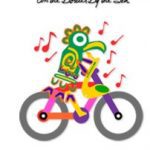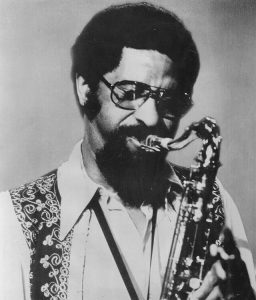Palo is one of the spiritual streams, along with Santeria (“The Way of the Saints”), that developed in Cuba and the Western Hemisphere. It’s also known as Las Reglas de Congo. Palo was developed by enslaved people taken from the Congo basin.
Palo is known as a syncretic religion, meaning it blends two or more elements together. You can see references to the Catholic elements in this film excerpt.
Congo culture contributed the inspiration for two musical instruments invented in Cuba that are now found around the globe: the open-bottomed conga drum (“tumbadora”) and the bongó.
According to musician, scholar and old Cuba hand Ned Sublette author of “Cuba and Its Music”:
The Congo was the first layer of direct-from-Africa tradition to appear in Cuban music…You can detect its influence in all the important genres of Afro-Cuban dance music, from creolized contradanza to the rumba to the son to the street dance called the conga.
Arsenio Rodríguez’s grandfather was Congo and Benny Moré as a boy was welcomed into his local Congo organization, where his great-great-grandfather had been king of the cabildo.
We’ve been showing a lot of films from the early 60s in Cuba because they occupy a sweet spot in time. “Old” Cuba was still alive and well and there was a golden age of film documentation during this period.
This clip comes from a short film called “En Un Barrio Viejo” by Nicolás Guillén Landrián which was released in 1963.
Landrián was born in 1938 in Camaguey, Cuba. He made thirteen films, all worth watching. Here’s the full version of “En Un Barrio Viejo.”
This talk by Robert Farris Thomspon is a good place to go to start to get some understanding of the Palo religion.
Robert Farris Thompson on the art of Palero (practitioner of Palo) José Bedia
– Ken McCarthy
Jazz on the Tube
P.S. Our unique programming is made possible by help from people like you. Learn how you can contribute to our efforts here: Support Jazz on the Tube
Thanks.
Go to Cuba with Jazz on the Tube as your guide:
Click here for details







